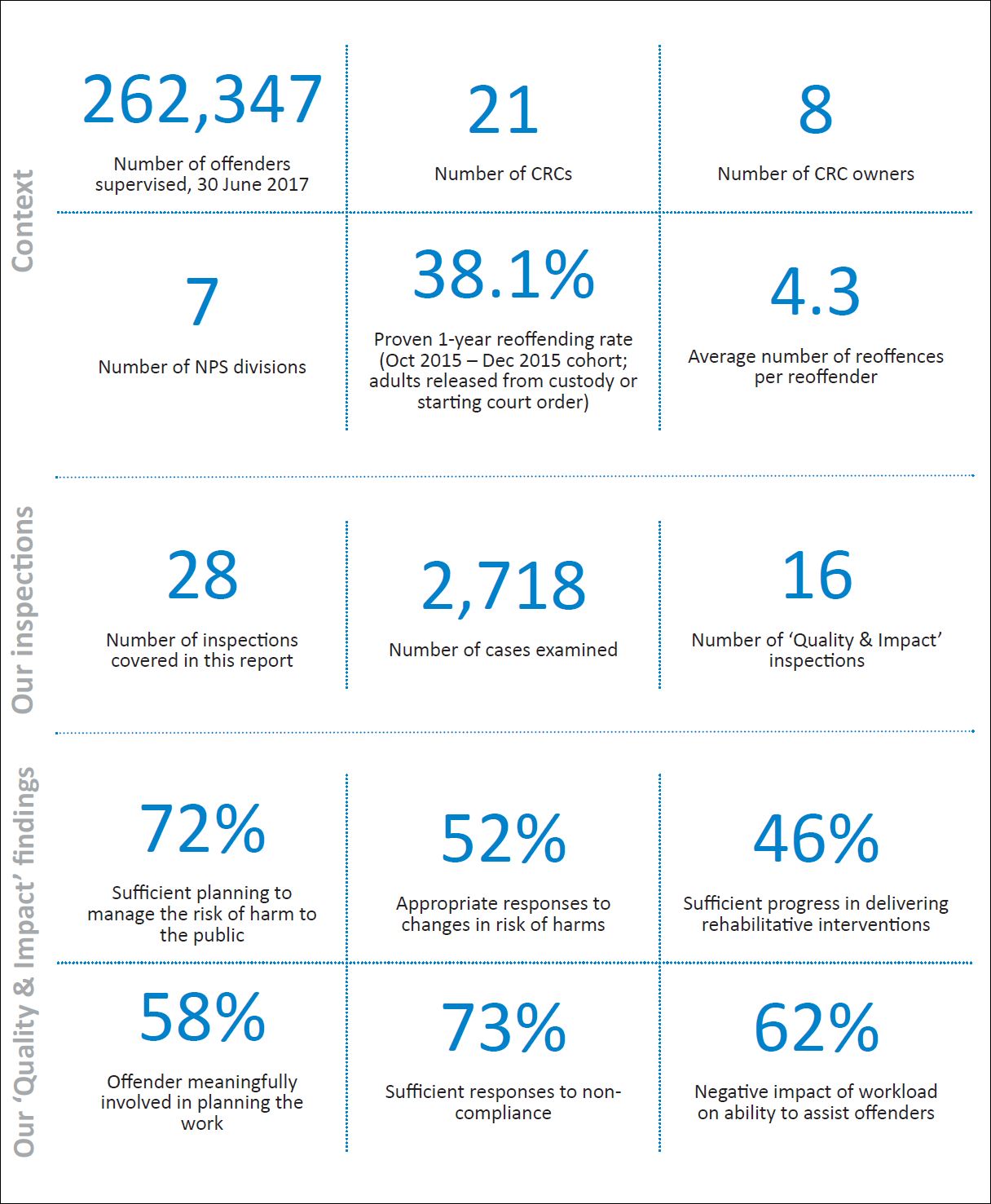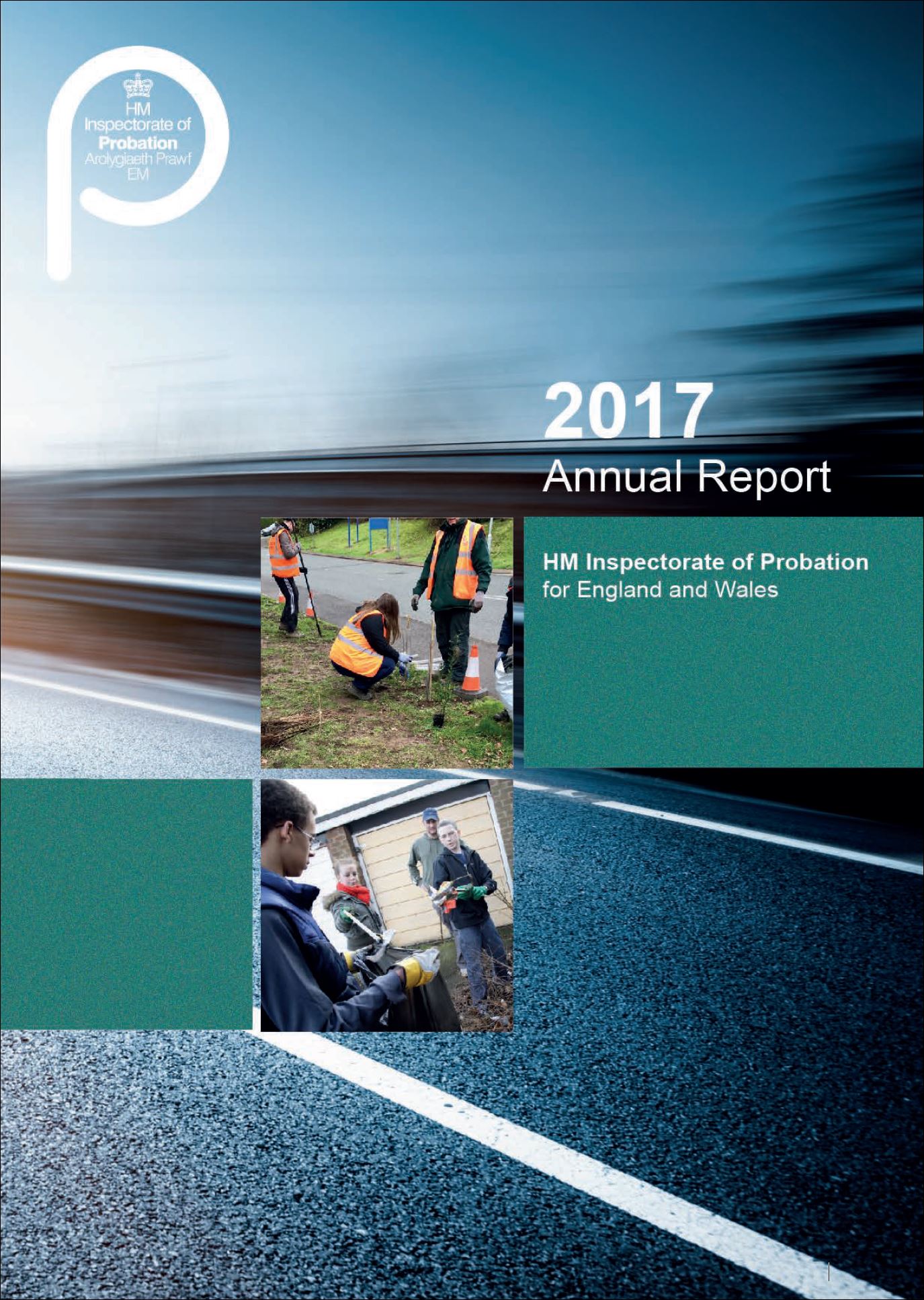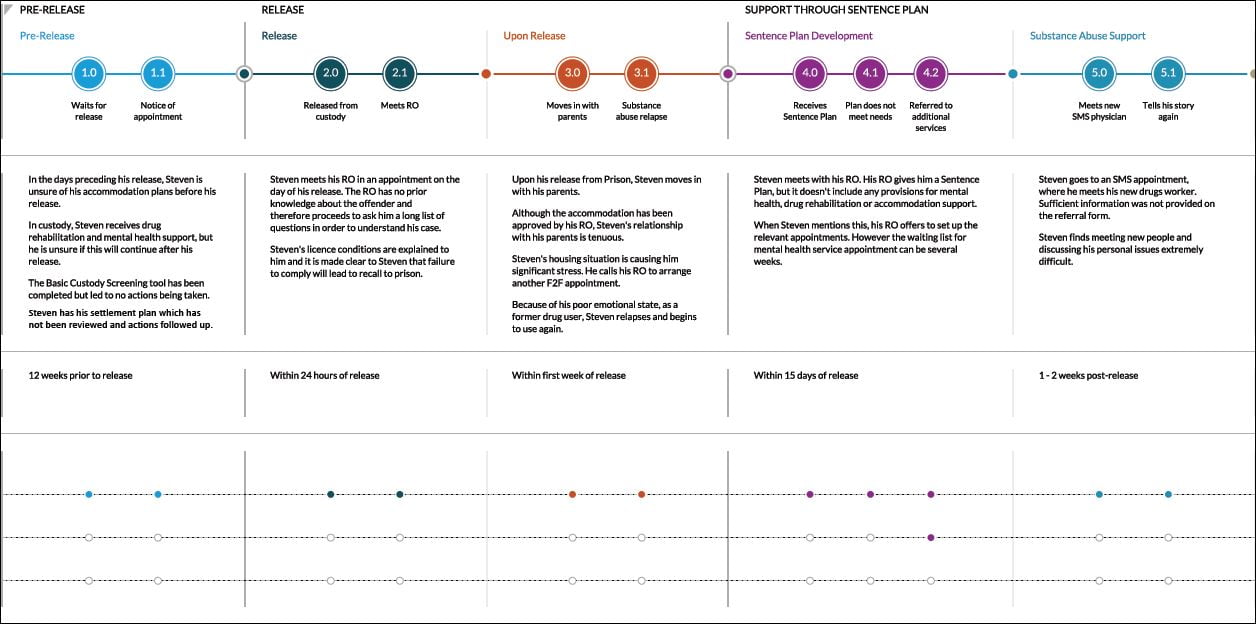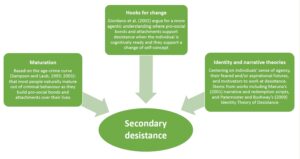Current probation system is not evidence-based
It’s a safe bet that today’s first Chief Inspector of Probation annual report by Dame Glenys Stacey will get much more media coverage than those of most of her predecessors.
In a now familiar, direct style, Dame Glenys provides a surgical analysis of the extent to which the new probation system brought in by the government’s Transforming Rehabilitation programme is failing to rehabilitate offenders and protect the public.
If you work in any way for or with the public or private branches of the probation service, I strongly recommend that you invest the time to read the report in full.
In this post, I have picked out some key assessments to give you a flavour of the whole.
The [TR] teething problems we identified in a series of early inspection reports have largely been resolved. More deep-rooted problems now prevail.
Context
The report provides a useful graphic summarising the inspectors’ findings:

Key assessments
Below are some of the key assessments that the Chief Inspector and her team have made of the current performance of the probation system.
A two-tier service
We see clearly that there is now a two-tier and fragmented service, with individuals being supervised by the NPS more effectively overall. Of course, the NPS is funded differently, and more generously.
IT holding back modernisation
Most CRCs are struggling. Those owners ambitious to remodel services have found probation difficult to reconfigure or re-engineer. Delivering probation services is more difficult than first appears, particularly in prisons and rural areas. There have been serious setbacks. Despite significant CRC investment, implementation of new IT systems so central to most CRCs’ transformation plans is stalled, awaiting the essential connectivity with other justice systems, yet to be provided by the Ministry of Justice.
Resourcing & Staffing
Unanticipated changes in sentencing and the nature of work coming to CRCs have seriously affected their income and indeed their commercial viability, causing them to curtail or change their transformation plans. Many have reduced staff numbers more than once:
in some, we find staff with exceptional workloads working long hours and still unable to deliver to the professional standards that they know are right.
Lack of consistent, face-to-face supervision
I question whether the current model for probation can deliver sufficiently well. Above all, a close, forthcoming and productive relationship between an individual and their probation worker is key. This is where skilled probation staff add most value, by motivating offenders, working continuously with them to bring about change, and at the same time protecting the public from harm. Yet in some CRCs, individuals meet with their probation worker in places that lack privacy, when sensitive and difficult conversations must take place. Some do not meet with their probation worker face-to face. Instead, they are supervised by telephone calls every six weeks or so from junior professional staff carrying 200 cases or more.

Conclusion
In simple terms, Dame Glenys makes the following key points:
- TR is not working.
- The Community Rehabilitation Companies in particular are under-funded.
- Any probation system which does not guarantee consistency in offender manager-offender relationships is unlikely to work
- Any model which abandons specialist interventions for offenders which have been proved to be effective is flawed.
The full report makes a number of clear recommendations about particular issues and problems in probation and effectively invites the Justice Secretary to take action.
We know David Lidington is making a speech on prison reform at the Reform Think Tank next Monday 18 December. We also know that he is interested in sentence reform. Sentence reform can only be an effective response to our growing prison population if the probation service is working effectively.
Here’s hoping for some major announcements on probation reform in early 2018.









One Response
This has been repeated since before TR started and no one listened. TR has been a disaster from start to finish. Going forward nothing will be done and the mess will continue.